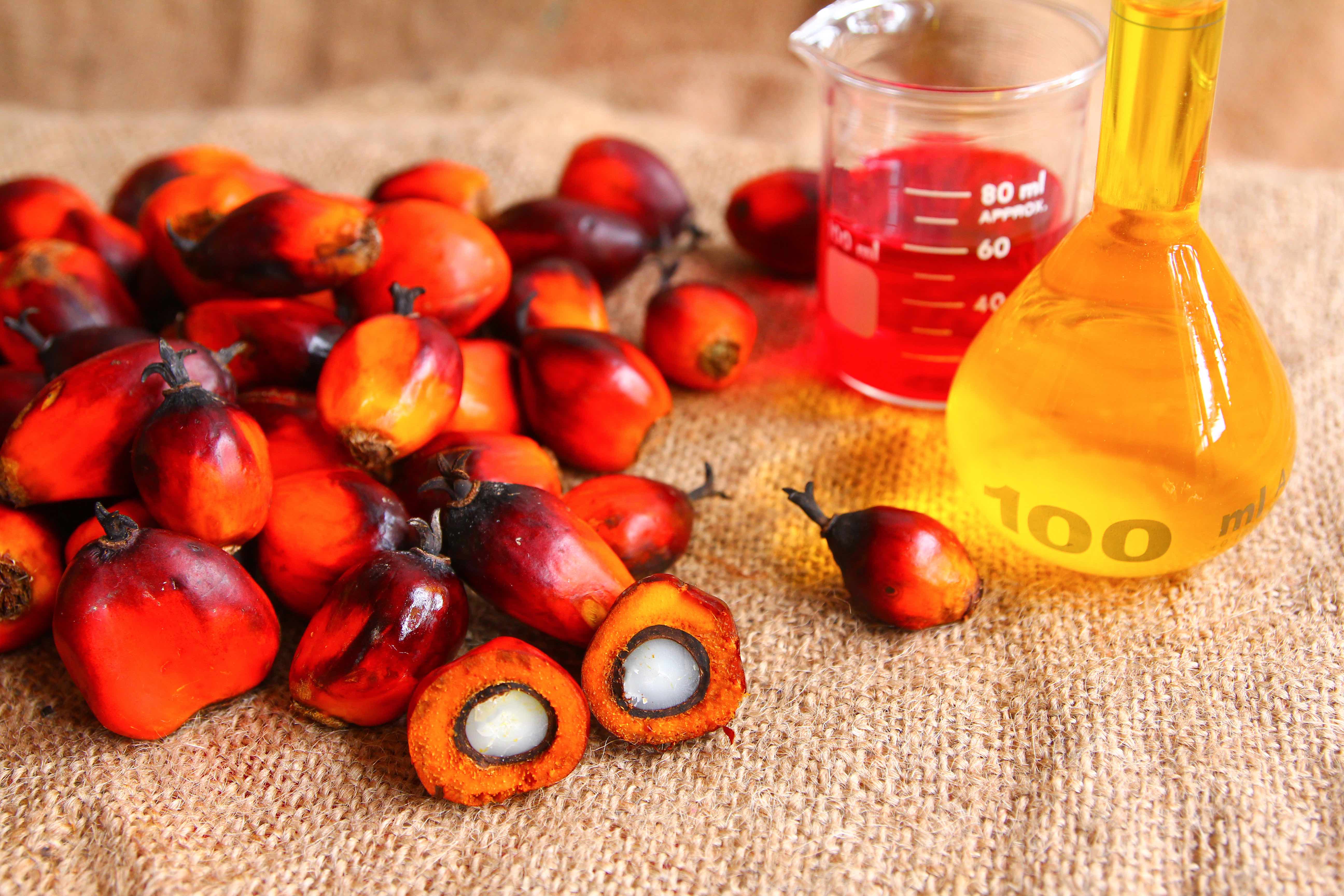MCPD and GLYCIDYL
-
Process Contaminants found primarily in refined oils and infant formula
-
Maximum legislative limits set for Glycidyl Esters (in oils and infant formula) with limits for MCPD Esters in consultation and expected by the end of 2019
-
PAS are the only UK laboratory offering UKAS Accredited analysis for both MCPD and Glycidyl Esters
What are they?
Process contaminants are substances that can form as a result of chemical changes in foods brought about by the processes used during manufacture e.g. cooking, drying, fermentation and smoking. While the formation of undesirable substances in foods as a result of processing has been known for some time the occurrence of other process contaminants in foods such as glycidyl fatty acid esters and fatty acid esters of monochloropropanediols (MCPDs) are relatively recent and significant developments.

Fatty acid esters of 3-monochloropropanediol (3-MCPDEs), 2-monochloropropanediol (2-MCPDEs) and glycidyl (GEs) are substances that are mainly generated during the refining of edible fats and oils where relatively high amounts (above 4 mg/kg) have been reported. Consequently, they have also been found in a variety of different foodstuffs, in particular products using higher amounts of refined vegetable oils. Although the information currently available on their toxicological properties and bioavailability is not sufficient to draw firm conclusions, concern has been raised due to the known carcinogenicity of their hydrolysable moieties. The Scientific Panel on Contaminants in the Food Chain (CONTAM) of the European Food Safety Authority (EFSA) assumed a 100 % release of the 3-MCPD moiety from its esters in humans through the action of gut lipases. Free 3-MCPD is listed as a threshold genotoxic carcinogen and glycidol as probably carcinogenic to humans.
What is the current legislation?
MCPD Esters – The European Commission has issued a consultation on proposed maximum levels to be set in the Contaminants Regulation (EC) No 1881/2006 for the sum of free 3-monochlorpropanediol (3-MCPD) and 3-MCPD fatty acids esters as well as proposing to set maximum levels for glycidyl fatty acids esters in fish oils (in addition to ML’s already in place for vegetable oils & fats).
Glycidyl Esters – The regulatory measure setting maximum limits for glycidyl fatty acid esters expressed as glycidol for vegetable oils and fats, and infant formula is Commission Regulation (EU) No 2018/290 of 26 February 2018.
How can PAS help?
Premier Analytical Services (PAS) has been at the forefront of developments to measure chloropropanols and related chemicals in foodstuffs for many years. Early in 2017 scientists at PAS worked to extend our UKAS accredited methods to meet the requirements of the latest recommendations for monitoring from the EC and maximum levels. Our new procedures, which are all UKAS Accredited, can now perform a simultaneous determine of 2MCPDEs, 3-MCPDEs and GEs in fats and oils as well as a wide range of composite foods that use refined fats and oils.
Get in touch with PAS for advice or any additional information on 01494 809600

Process Contaminants
| Combined analyses for 2-MCPD, 3-MCPD, 1,3-DCP & 2,3-DCP | Fatty foods and flavourings by GC/MS |
Yes |
<0.003 mg/kg (typical) | <0.01 mg/kg (typical) |
50g |
|
| 3-MCPD Esters | ||||||
| 2-Chloro-propane-1,3-diol (2-MCPD) and 3-Chloro-propane 1,2-diol (3-MCPD) Esters |
Yes |
Foods of up to 35% fat content: 4 to 16 µg/kg (typical) Fats and Oils: 40 µg/kg (typical) |
Foods of up to 35% fat content: 8 to 32 µg/kg (typical) Fats and Oils: 80 µg/kg (typical) |
50g |
||
Please refer to the UKAS Schedule of Accreditation for the specific matrices.
